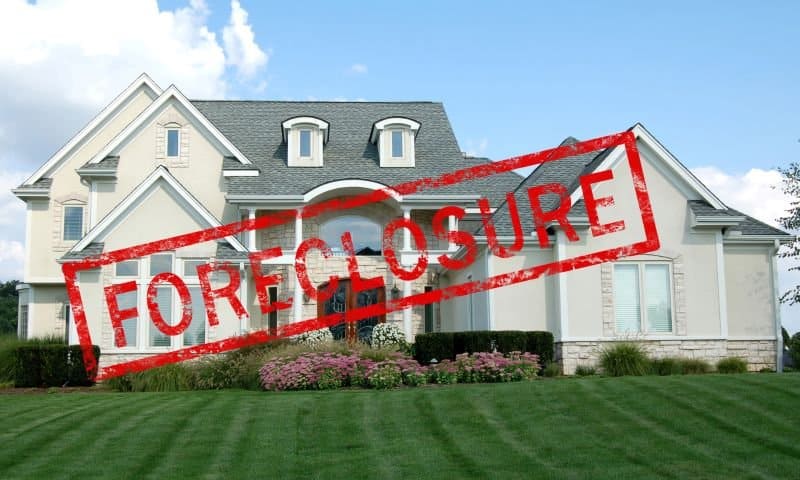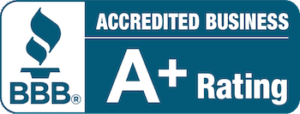Losing a home to foreclosure is an extremely difficult and emotional process.
As a homeowner, it’s essential that you know what your rights and responsibilities are when it comes to the foreclosure process.
If you live in the state of Maryland, read on to learn more about the Maryland Foreclosure process so you can be better prepared in the event that it happens to you.
Your Rights as a Homeowner
All lenders must follow specific laws put into place to ensure that homeowners not only know that there is a pending foreclosure but also why. They must also be advised about the things they can do to potentially avoid it.
If foreclosure is imminent, federal and state laws are there to establish a defined structure and timeline. These laws are designed to ensure that lenders don’t take actions that could surprise you.
The laws are also designed to ensure that the demands from the lender are not too extreme or demanding. Sometimes, a lender may violate the law when they process a foreclosure.
If you live in Maryland or any other state, it’s a good idea to know all of the specific details of both state and federal law. If a mistake is found, you might have a chance to stop the foreclosure from moving forward.
These delays are usually temporary but they can buy you some valuable time. A loan modification is one possibility that could help homeowners avoid going through the stress of a foreclosure.
Know the Maryland Foreclosure Laws
In general, foreclosures are either judicial or nonjudicial. In a judicial foreclosure, the homeowner must deal with the courts throughout the process. In a nonjudicial foreclosure, there is much less court involvement.
For the state of Maryland, the process is typically nonjudicial, however, the court does have some control over certain filings. This is to ensure that the process is both judicially regulated and performed in the correct way.
You must receive a notice of intent to foreclose at least 45 days before the foreclosure process starts in Maryland. You’ll also receive a loss mitigation application.
The loss mitigation application is your opportunity to try and work out a compromise with your lender in order to avoid the foreclosure. This notice should also give your contact information as well as the contact info, of the loan servicer.
You might also receive an offer to mediate before the actual foreclosure paperwork goes to court. Mediation offers a potential way to avoid foreclosure altogether in some cases.
Remember that ignoring the notice of intent to foreclosure can and will limit your chances of getting things corrected to avoid foreclosure. Never ignore any notices you receive, and try to contact the loan servicer as soon as possible to talk about possible solutions.
The Maryland Court Process
For a Maryland Foreclosure, the lender will file an “order to docket” with the court at least 45 days after they’ve sent the notice of intent to foreclose. This is also sent at least 90 days after the actual default date.
Federal law states that the lender must wait until you are over 120 days delinquent, so pay close attention to the dates. When the order to the docket is filed, the lender must include all supporting documentation.
This documentation includes a sworn statement of the debt that shows the total amount you own including principal, interest, and all late fees when applicable. Other fees or costs may include attorney’s fees, court costs, and filing fees.
Once the order to the docket is filed, the lender has to inform the court about what kinds of loss mitigation alternatives have been considered. If loss mitigation is not possible, they must explain why.
You will have 25 days from when your lender sends the loss mitigation affidavit to request mediation and pay a mediation fee. Then, your mediation should be scheduled within 30-60 days of your request.
If you can, try to schedule a mediation as early as possible. As soon as the lender files the order to the docket, court costs and other fees start to add up and will be part of your total amount owed.
The Sale of the Home
Sometimes, the mediation is not successful. In those cases, the lender may schedule the foreclosure sale no sooner than 15 days after the mediation took place.
Your lender must publish the notice of foreclosure sale in your local Maryland newspaper. They must also send the notice to you less than 10 days before the sale.
The foreclosure sale of the home is usually an auction and will be held at the courthouse in whatever county your home is located. Anyone who is interested may attend the auction and bid on the property.
Once the final sale is complete, the court must ratify, or confirm the purchase. This ratification also includes the total amount owed and applies all proceeds to the debt.
If the proceeds from the sale exceed the amount you owe, you could potentially be entitled to the overage amount. On the other hand, if the proceeds are less than what you owe, the lender could seek judgment against you to collect the balance.
While your home is in the ratification process, you are allowed to continue living there by law. Once the court has completed ratification, the new owner will likely seek an order of possession.
Once the order of possession is in place, eviction proceedings will begin. If your home is in foreclosure, it’s highly recommended that you consult with an attorney who can help you through the process.
Home Foreclosure Laws for Consumers
While the lender or bank who owns your mortgage has a right to recoup their losses, you as a homeowner also have rights. Don’t go through your Maryland Foreclosure alone.
Seek the help of a professional real estate attorney who can help you maneuver the various laws throughout the ordeal.
If you want to sell your home and need a cash offer, be sure to visit our website for more information today.





























